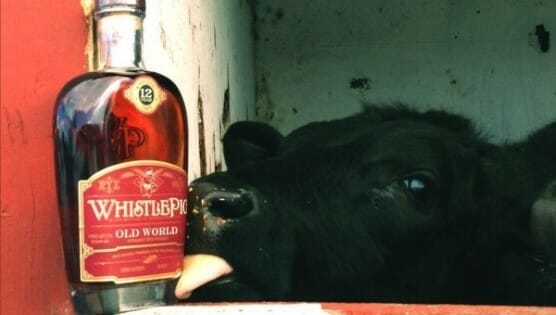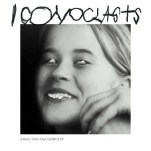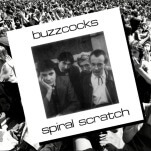Bottling Innovation: WhistlePig Old World 12-Year Rye Whiskey
Photo via WhistlePig
Given that Vermont’s WhistlePig already makes my favorite straight rye whiskey in its flagship, 10-year, 100-proof rye, this is a special treat. To taste a new, even more polished and refined version of WhistlePig is quite the heady experience, but first—a note on the liquid itself.
There are some in the whiskey community, and those who simply enjoy whiskey, who have a problem with WhistlePig and whiskeys like it simply because they aren’t “made” quite where the label might imply. In short, the juice for all the WhistlePig products comes from either Alberta Distillers (ADL) in Canada or MGP Distillery in Lawrenceburg, Indiana, essentially whiskey factories that do initial aging on products for many in the whiskey industry. However, the juice for all their products is still bottled at the WhistlePig Farm in Vermont, and even if it doesn’t spend it’s whole life there, it’s still exceptional, regardless of its provenance. Moreover, this new Old World series undergoes further aging in Vermont, being finished in a variety of wine casks. So even more than the base WhistlePig 10/100, this one displays the skills of the company’s master distiller, Dave Pickerell. So let’s get that whole MGP question out of the way, shall we?
WhistlePig’s new Old World series represents the company’s first foray into wine barrel-finished whiskeys, a process common in scotch, where a variety of barrels such as sherry are commonly used to impart finishing flavors on spirits that have already been aged for many years in neutral oak. But more specifically, the official Old World 12-Year Rye Whiskey (which just hit store shelves) is a blend of juices finished in three different types of wine casks: madeira, French sauternes and port in order of percentage. The three different finishes were sold individually in very small quantities in order to build hype for the final product, which will now be available as a permanent addition to the lineup—although it will probably cost you at least $120 for a bottle.
-

-

-

-

-

-

-

-

-

-

-

-

-

-

-

-

-

-

-

-

-

-

-

-

-

-

-

-

-

-

-

-

-

-

-

-

-

-

-

-








































